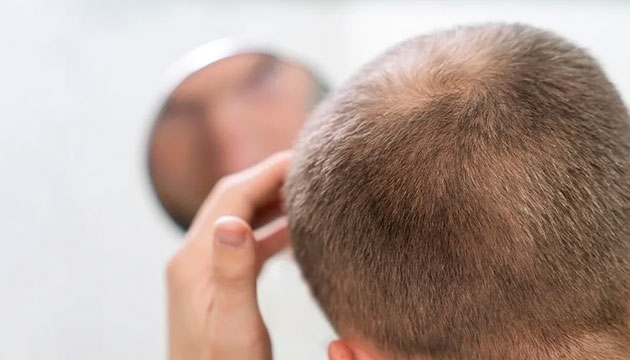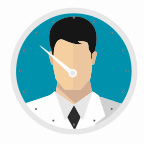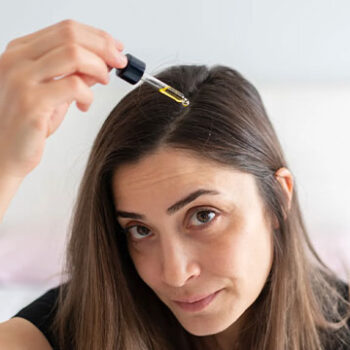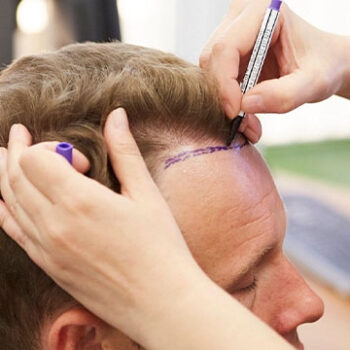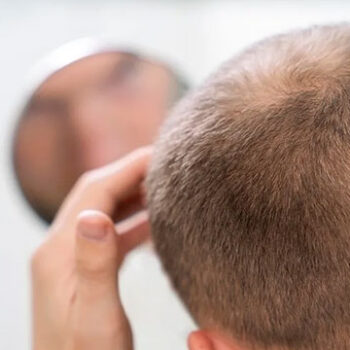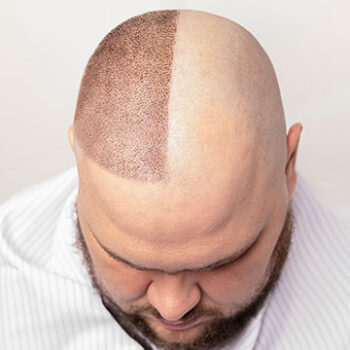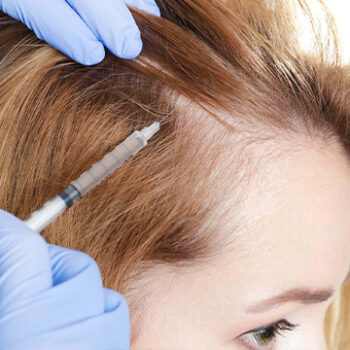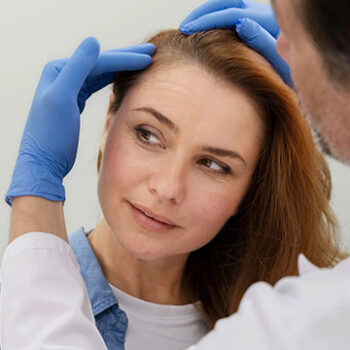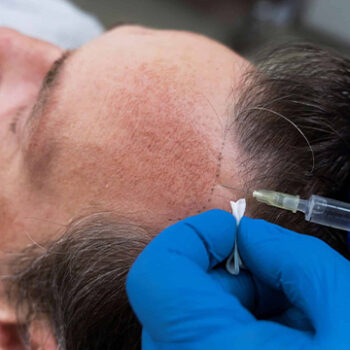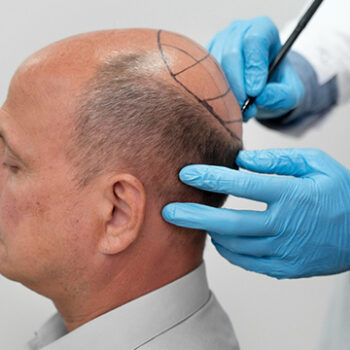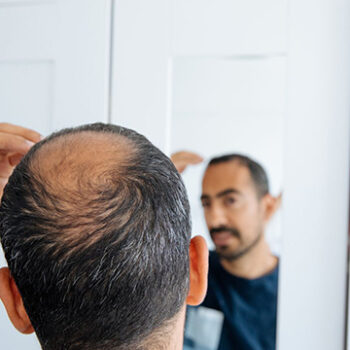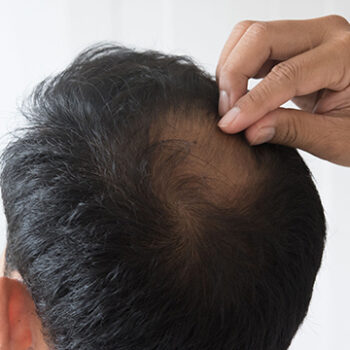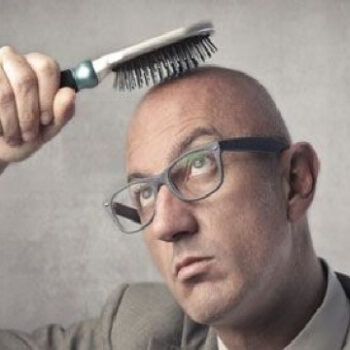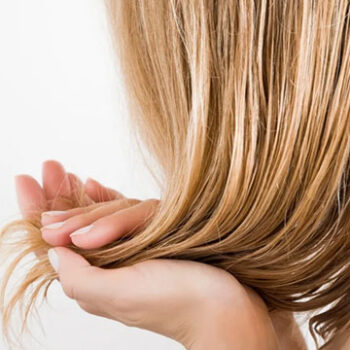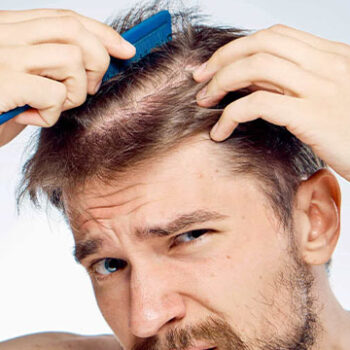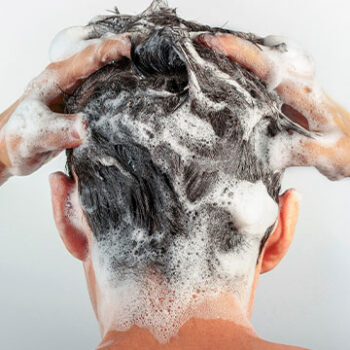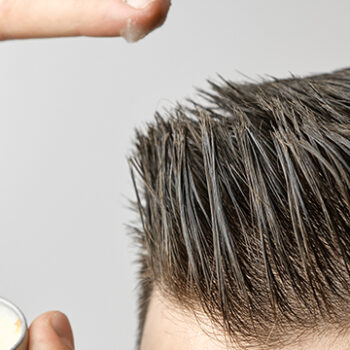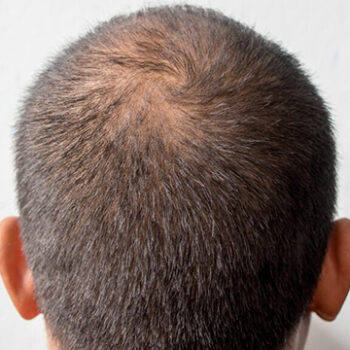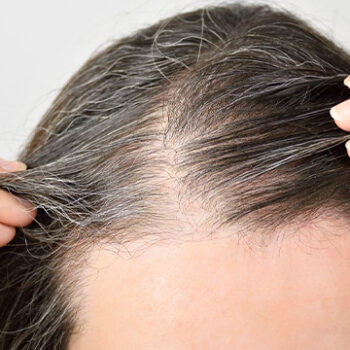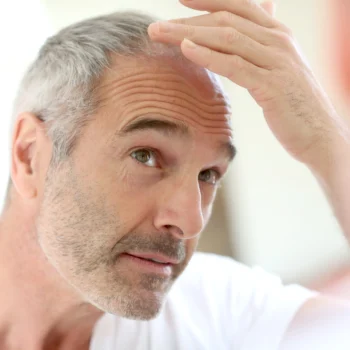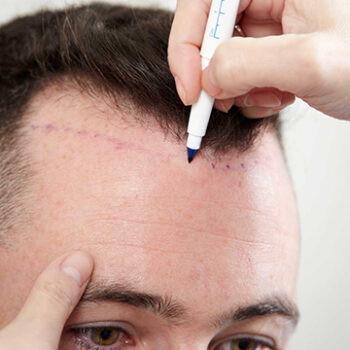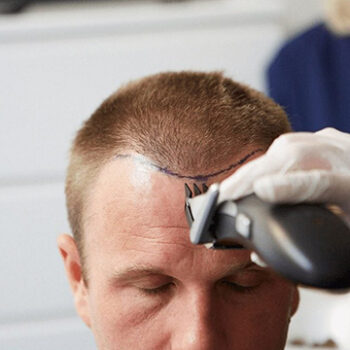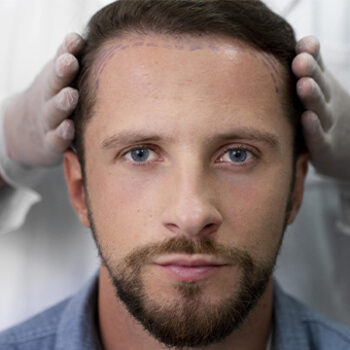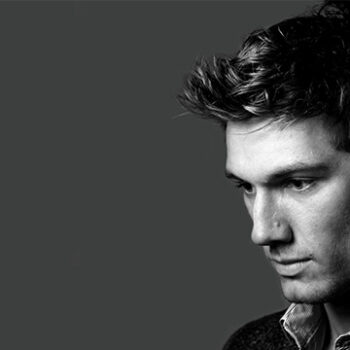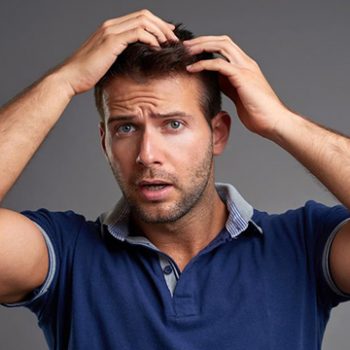Hair loss in men is a common health problem that affects millions of people today. This condition is not only a physical change but can also lead to psychological and social effects. Recognizing the symptoms and understanding the causes are extremely important for early diagnosis of hair loss and the correct treatment approach. In this comprehensive guide, we will examine all aspects of hair loss in men in detail.
Early Symptoms and Diagnostic Criteria of Hair Loss
Recognizing the early symptoms of hair loss constitutes the beginning of an effective treatment process. Most men ignore the first signs of hair loss, which causes the problem to progress.
Increased amount of daily hair loss is one of the most obvious early symptoms. While it is normal to lose 50-100 hair strands per day under normal conditions, exceeding 150 is a noteworthy situation. Excessive hair loss noticed especially on the pillow, during showering, and while combing hair are alarming signs.
Receding hairline is one of the most important symptoms that can be visually noticed. The hairline in the forehead area gradually recedes and begins to form a characteristic M shape. This condition usually becomes more prominent in the temple areas.
Thinning in the crown area is another early symptom that is commonly observed. In this area, hair strands first thin and lose their visibility, then fall out completely. When the scalp becomes visible under light, the situation is even more serious.
Androgenetic Alopecia: The Most Common Male Pattern Hair Loss
Androgenetic alopecia, which constitutes 95% of hair loss in men, develops due to genetic factors and hormonal effects. This condition is also known as male pattern baldness and follows a specific pattern.
The role of DHT hormone is critically important in this process. Testosterone hormone is converted to dihydrotestosterone (DHT) by the 5-alpha-reductase enzyme. DHT binds to hair follicles, shrinking and weakening them. This condition causes hair strands to first thin and then fall out completely.
The Hamilton-Norwood scale divides androgenetic alopecia into 7 different stages. While only slight recession is observed in the hairline in the first stages, almost the entire crown area remains hairless in the final stages. This classification is an important reference point for treatment planning.
The effect of genetic factors can be inherited from both mother and father sides. The risk significantly increases in men with a family history of hair loss. Especially genes on the X chromosome inherited from the mother’s side play an important role in determining hair loss risk.
Hormonal Imbalance and Metabolic Causes
Hair loss is not limited to genetic factors only. Various hormonal imbalances can also lead to this problem.
Thyroid disorders significantly affect the hair cycle. While hyperthyroidism causes rapid hair loss, hypothyroidism leads to thinning and dull appearance of hair. Changes in thyroid stimulating hormone (TSH) levels disrupt the normal functioning of hair follicles.
Insulin resistance and diabetes also negatively affect hair health. High blood sugar levels reduce blood flow to hair follicles and cause nutritional disorders. This condition can lead to significant hair loss, especially in men with diabetes mellitus.
Increased cortisol levels are observed in chronic stress situations and trigger hair loss. Excessive cortisol secreted from the adrenal glands disrupts the hair growth cycle and causes widespread hair loss called telogen effluvium.
Nutritional Deficiencies and Lifestyle Factors
Dietary habits and lifestyle choices brought by modern life directly affect hair health.
Protein deficiency is of critical importance as it forms the building block of hair strands. 95% of hair consists of keratin protein, and insufficient protein intake causes hair to weaken and break. Especially vegetarian diets and excessively restrictive nutrition programs increase this risk.
Iron deficiency anemia is a condition that can also be seen in men and leads to serious hair loss. Iron plays a vital role in oxygen transport necessary for the healthy functioning of hair follicles. Low ferritin levels negatively affect the hair cycle.
Vitamin and mineral deficiencies are also important factors. Especially deficiencies in B vitamins, vitamin D, zinc, and biotin impair hair health. The lack of these nutrients prevents hair follicles from performing their normal functions.
Physical Trauma and Mechanical Causes
Physical trauma applied to hair is also an important cause of hair loss.
Traction alopecia occurs due to tight hairstyles. Hair that is constantly kept taut gradually weakens and breaks from the roots. Especially the long-term use of hairstyles such as ponytails and braids increases this risk.
Chemical treatments damage hair structure and can cause shedding. Dyes, perm solutions, and strong shampoos weaken hair strands. Especially products containing ammonia and peroxide damage the hair cuticle.
Excessive heat application also leads to mechanical damage. Hair dryers, straightening tools, and washing with hot water denature hair proteins and increase breakage.
Medical Conditions and Drug Side Effects
Some diseases and treatment processes can cause hair loss.
Autoimmune diseases cause the body to attack its own hair follicles. Alopecia areata is a condition where round, hairless areas form on the scalp. Systemic autoimmune diseases such as lupus and rheumatoid arthritis can also cause hair loss.
Cancer treatments, especially chemotherapy, directly affect hair follicles. These treatments target rapidly dividing cells, and unfortunately, hair follicles also fall into this category. Radiotherapy also causes hair loss in the applied area.
Various medications can cause hair loss as a side effect. Blood thinners, antidepressants, beta-blockers, and medications containing high doses of vitamin A carry the risk of hair loss.
Relationship Between Psychological Stress and Hair Loss
The effect of psychological factors on hair health has been researched for many years.
Chronic stress conditions disrupt the hair cycle by increasing cortisol levels. Work stress, financial problems, and problems in personal relationships create constant stress and prevent normal functioning of hair follicles.
Mental health problems such as anxiety and depression also indirectly contribute to hair loss. These conditions disrupt eating habits, reduce sleep quality, and negatively affect general health condition.
Trichotillomania is a hair-pulling disorder and is a psychological disorder. This condition is characterized by uncontrolled hair-pulling behavior and can lead to serious hair loss.
Age and Hair Loss Progression
Hair structure and cycle change with age.
Hair loss beginning in the 20s is usually mild and mostly observed in the hairline. Early intervention gives the most effective results during this period.
The 30s is the period when hair loss accelerates. Thinning in the crown area becomes more prominent and the need for treatment increases.
Age 40 and beyond hair loss may stabilize but can sometimes accelerate. During this period, the regeneration capacity of hair follicles decreases.
Diagnostic Methods and Expert Evaluation
Professional evaluation is required for accurate diagnosis of hair loss.
Dermoscopy examination provides detailed imaging of the scalp and follicles. With this method, hair thickness, follicle density, and scalp health can be evaluated.
Blood tests detect hormonal imbalances, vitamin deficiencies, and autoimmune conditions. TSH, ferritin, B12, vitamin D, and DHT levels can be measured.
Hair pull test is a simple method that evaluates how easily hair comes out. This test is used to determine active hair loss periods.
Environmental and Seasonal Factors
External factors can also significantly impact hair health and loss patterns.
Seasonal changes affect hair growth cycles, with many men experiencing increased shedding during autumn months. This seasonal hair loss is often temporary but can be concerning for those already experiencing hair loss.
Pollution and environmental toxins can accumulate on the scalp and damage hair follicles. Urban environments with high pollution levels may contribute to accelerated hair loss in susceptible individuals.
Water quality also plays a role, as hard water containing high mineral content can make hair brittle and prone to breakage. Chlorinated water from swimming pools can also damage hair structure over time.
Smoking and Hair Loss Connection
Research has established a clear link between smoking and accelerated hair loss in men.
Nicotine effects reduce blood circulation to the scalp, limiting the delivery of essential nutrients to hair follicles. This reduced blood flow weakens follicles and accelerates the hair loss process.
Toxic chemicals in cigarettes can damage DNA in hair follicles and disrupt normal hair growth cycles. The oxidative stress caused by smoking also contributes to premature aging of hair follicles.
Secondhand smoke exposure can also negatively impact hair health, though to a lesser extent than active smoking.
Sleep Patterns and Hair Health
Quality sleep is crucial for maintaining healthy hair growth cycles.
Sleep deprivation affects hormone production, particularly growth hormone, which is essential for hair regeneration. Men who consistently get less than 6-7 hours of sleep may experience accelerated hair loss.
Sleep disorders such as sleep apnea can reduce oxygen levels in the blood, affecting the health of hair follicles. Treating underlying sleep disorders often improves hair health.
Irregular sleep patterns disrupt the body’s natural circadian rhythms, which can affect hair growth cycles and contribute to increased shedding.
Prevention Strategies and Early Intervention
Understanding risk factors allows for proactive measures to prevent or slow hair loss.
Regular scalp massage improves blood circulation to hair follicles and can help maintain hair health. Using essential oils during massage may provide additional benefits.
Gentle hair care practices including using mild shampoos, avoiding excessive heat styling, and being gentle when wet hair is most vulnerable can prevent mechanical hair damage.
Stress management techniques such as meditation, exercise, and counseling can help reduce cortisol levels and their negative impact on hair health.
Conclusion
Hair loss in men is a multifactorial problem and early diagnosis is of great importance. Genetic predisposition, hormonal changes, lifestyle factors, and environmental influences come together to create this condition. Early recognition of symptoms and expert evaluation are critical for the application of effective treatment options. With various treatment methods offered by modern medicine, hair loss can be controlled and quality of life can be preserved. It is recommended to consult a dermatology specialist for concerns about hair health.

 English
English Français
Français Deutsch
Deutsch Türkçe
Türkçe 中國人
中國人